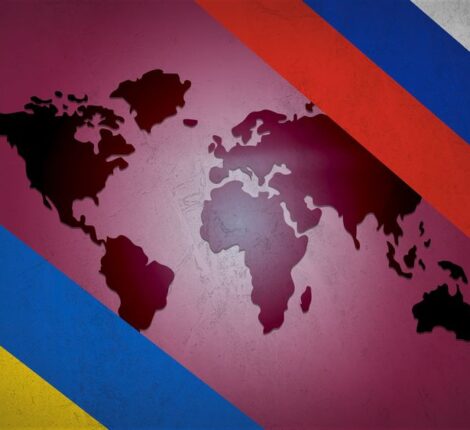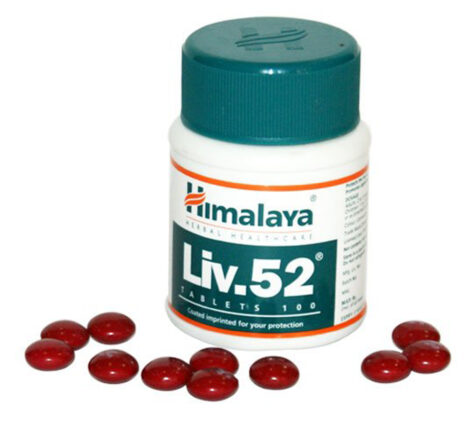3-Step Guide To Copyright Registration in INDIA
COPYRIGHT ESSENTIAL DOCUMENTS:

- 3 copies of the work if the work is published;
- If the work is not published, then 2 copies of manuscripts;
- If the application is being filed by an attorney, then special power of attorney or vakalatnama signed by the attorney and the party;
- Authorization in respect of work, if the work is not the work of the applicant;
- Information regarding the title and language of the work;
- Information regarding the name, address and nationality of the applicant;
- Applicant must also provide his mobile number and email address;
- If the applicant is not the author, a document containing the name, address and nationality of the author, and if the author is deceased, the date of his death;
- If the work is to be used on a product, then a no-objection certificate from the trademark office is required;
- If the applicant is other than the author, a no-objection certificate from the author is required. In this case, an authorization of the author may also be required;
- If a person’s photo is appearing in the work, then a no-objection certificate from such person is required;
- In case the publisher is not the applicant, a no-objection certificate from the publisher is required;
- If the work is published, the year and address of first publication is also required;
- Information regarding the year and country of subsequent publications;
- In case of copyright is for software, then source code and object code are also required.
STEPS FOR REGISTERING A COPYRIGHT:
Now that we understand who is entitled to get a copyright and what essential documents, they must have to get it registered, let’s see how you can register your original work with the copyright registrar under Chapter X of the Indian Copyright Act,1957 and Rule 70 of the Copyright Rules’ 2013.
Step 1: File an Application

- The author of the work, copyright claimant, owner of an exclusive right for the work or an authorized agent file an application either physically in the copyrights office or through speed/registered post or through e-filing facility available on the official website (copyright.gov.in).
- For registration of each work, a separate application must be filed with the registrar along with the particulars of the work. Along with this, the requisite fee must also be given, Different types of work have different fees.
For example, getting the copyright for an artistic work registered, the application fees are INR 500, while for getting the copyright for a cinematograph film registered is INR 5000. The application fees range from INR. 5000 to INR. 40000. It can be paid through a demand draft (DD) or Indian postal order (IPO) addressed to the Registrar of Copyright Payable at New Delhi or through e-payment facility. This application must be filed with all the essential documents.
At the end of this step, the registrar will issue a dairy number to the applicant.
Step 2: Examination

In this step, the examination of the copyright application takes place.
Once the dairy number is issued, there is a minimum 30 days waiting period. In this time period, the copyright examiner reviews the application. This waiting period exists so that objections can arise and be reviewed. Here the process gets divided into two segments:
- In case no objections are raised, the examiner goes ahead to review and scrutinize the application to find any discrepancy.
- If there is no fault and all the essential documents and information is provided along with the application, it is a case of zero discrepancies. In this case, the applicant is allowed to go forward with the next step.
- In case some discrepancies are found, a letter of discrepancy is sent to the applicant. Based upon his reply, a hearing is conducted by the registrar. Once the discrepancy is resolved, the applicant is allowed to move forward to the next step.
- In case objections are raised by someone against the applicant, letters are sent out to both parties and they are called to be heard by the registrar.
- Upon hearing if the objection is rejected, the application goes ahead for scrutiny and the above-mentioned discrepancy procedure is followed.
- In case the objection is not clarified or discrepancy is not resolved, the application is rejected and a rejection letter is sent to the applicant. For such applicant, the copyright registration procedure ends here.
Step 3: Copyright Registration

The final step in this process can be termed as registration. In this step, the registrar might ask for more documents. Once completely satisfied with the copyright claim made by the applicant, the Registrar of Copyrights would enter the details of the copyright into the register of copyrights and issue a certificate of registration.
The process registration of copyright completes when the applicant is issued the Extracts of the Register of Copyrights (ROC).
Once your copyright is registered, it becomes much easier to move to the court and get the person who illegally copied your work punished. To provide adequate protection to copyright holders, the Copyright Act, 1957 provides imprisonment from six months to three years and a fine of not less than INR 50,000 in case your right is infringed by someone




